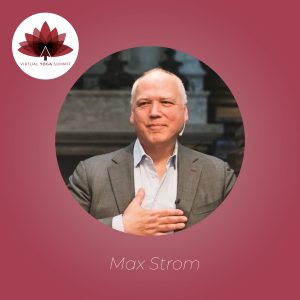
Born with severe clubbed feet, Max Strom spent much of the first six years of his life with his feet confined in plaster casts and braces. Today, he is known for inspiring and impacting the lives of people from all walks of life, teaching breathing patterns and personal transformation worldwide. His method, Inner Axis, is known to produce immediate results in alleviating stress, anxiety, burnout, and depression, impacting the internal and emotional aspects of our life, as well as physical healing. His TEDx talk, Breathe to Heal, is approaching one million views on Youtube. Many know him for his two inspiring books: There is No APP for Happiness, addressing the challenge of finding meaning in the digital age, and A Life Worth Breathing.
In this video, Max discusses men in yoga: why they might feel excluded, the importance of connecting with emotions, and the benefits for men in joining the yoga community.
 Have you ever wondered why certain yoga postures can feel so easeful in your body while others can feel like such a challenge?
Have you ever wondered why certain yoga postures can feel so easeful in your body while others can feel like such a challenge?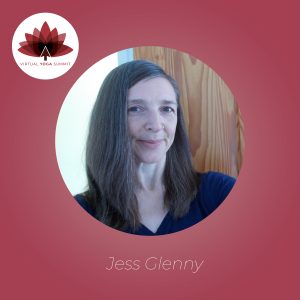
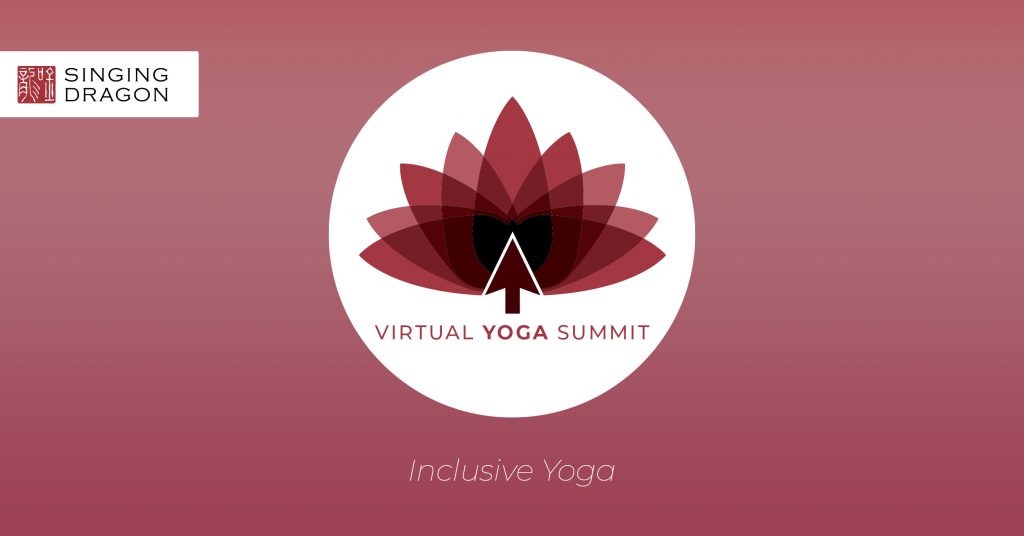 Welcome to Singing Dragon’s first-ever Virtual Yoga Summit, a digital event celebrating inclusivity in yoga and yoga therapy with the help of a carefully curated panel of experts and authors. This blog will be the central hub to our event, so do keep checking back to access all content, including videos, articles and podcasts. For scheduled live events, please head over to the
Welcome to Singing Dragon’s first-ever Virtual Yoga Summit, a digital event celebrating inclusivity in yoga and yoga therapy with the help of a carefully curated panel of experts and authors. This blog will be the central hub to our event, so do keep checking back to access all content, including videos, articles and podcasts. For scheduled live events, please head over to the 
 Would you like to receive our full Singing Dragon catalogue for new and upcoming titles in 2019/2020? Fill out the form below, and remember to tick at least one interest code.
Would you like to receive our full Singing Dragon catalogue for new and upcoming titles in 2019/2020? Fill out the form below, and remember to tick at least one interest code.
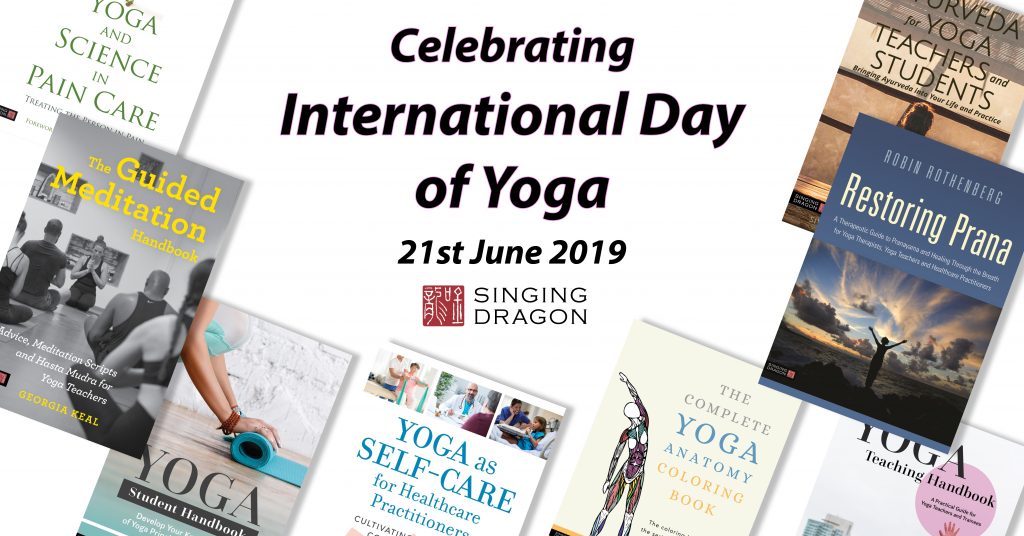 International Day of Yoga takes place across the globe on the 21st of June 2019. Many yoga teachers and studios will be offering free classes and events to help raise awareness worldwide of the benefits of practicing yoga. To celebrate, we have collated a reading list to support students and teachers in their practice, as well as those looking to incorporate yoga into their day-to-day lives.
International Day of Yoga takes place across the globe on the 21st of June 2019. Many yoga teachers and studios will be offering free classes and events to help raise awareness worldwide of the benefits of practicing yoga. To celebrate, we have collated a reading list to support students and teachers in their practice, as well as those looking to incorporate yoga into their day-to-day lives.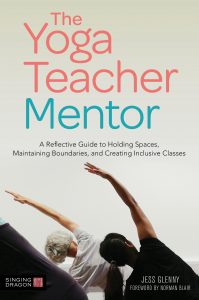
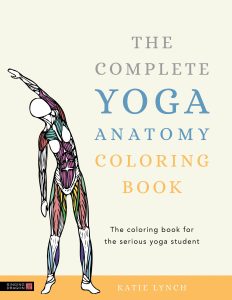
 Karla Helbert, author of
Karla Helbert, author of 
